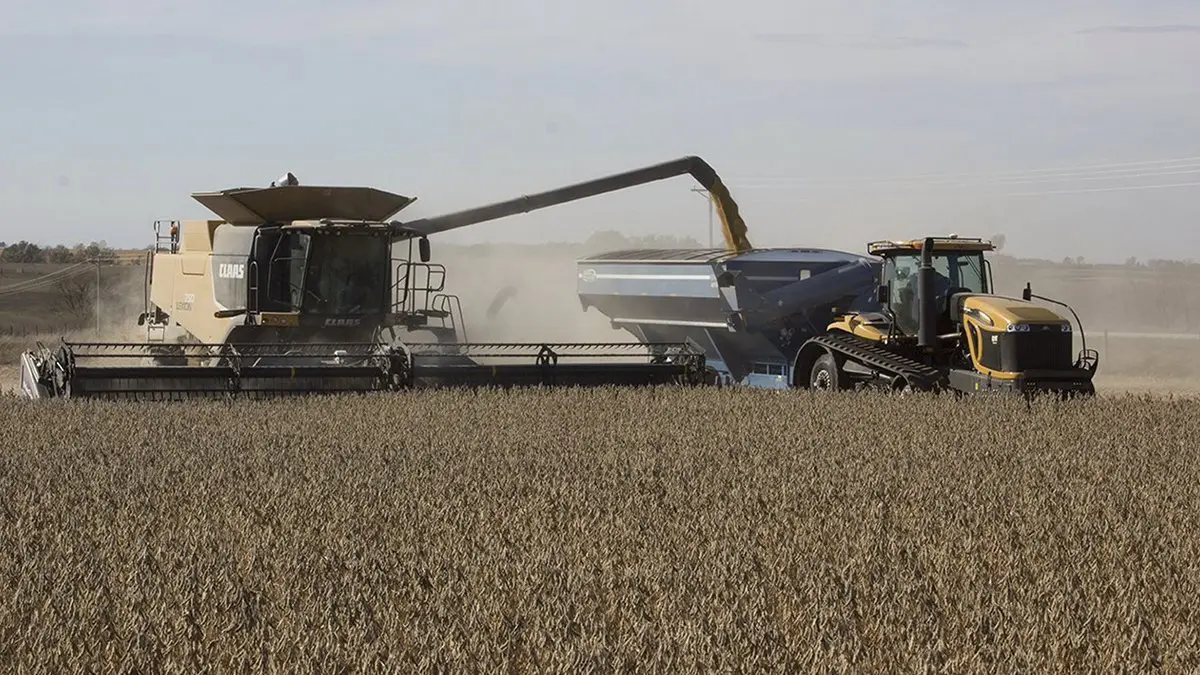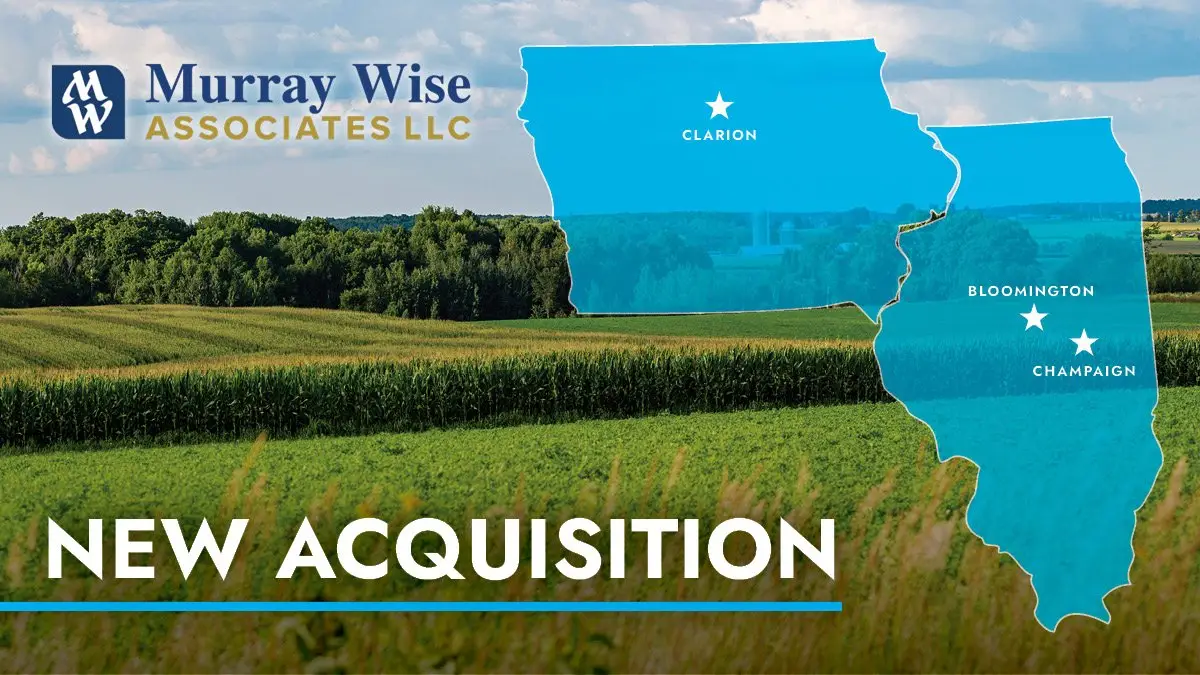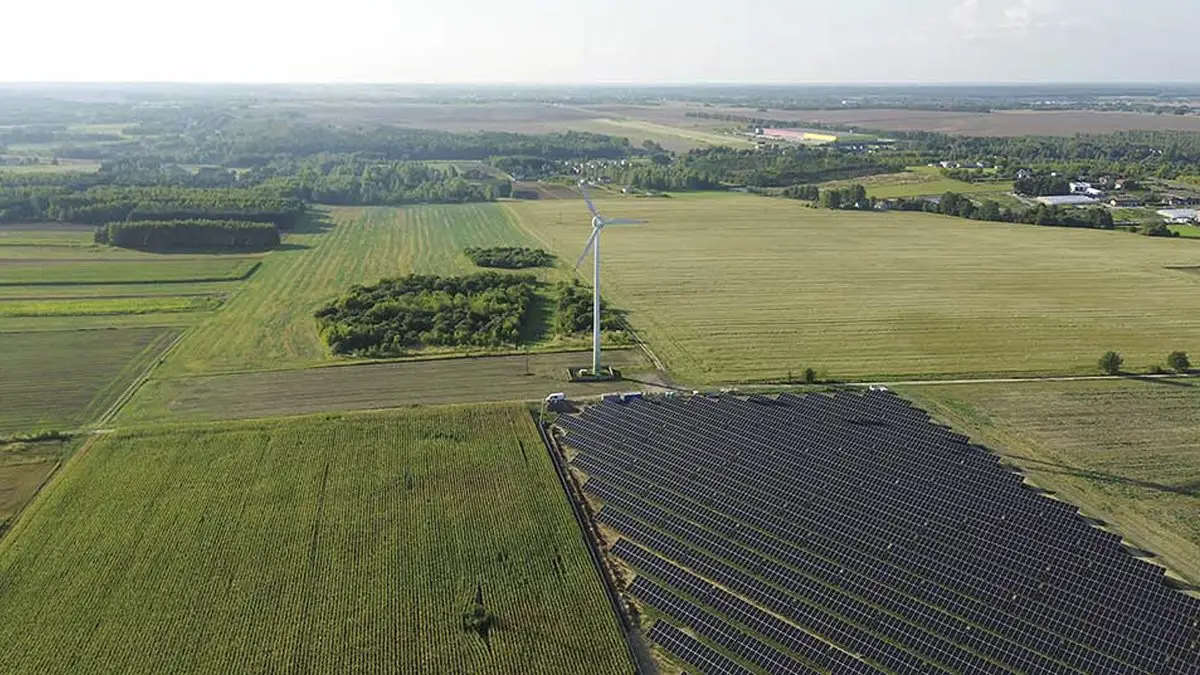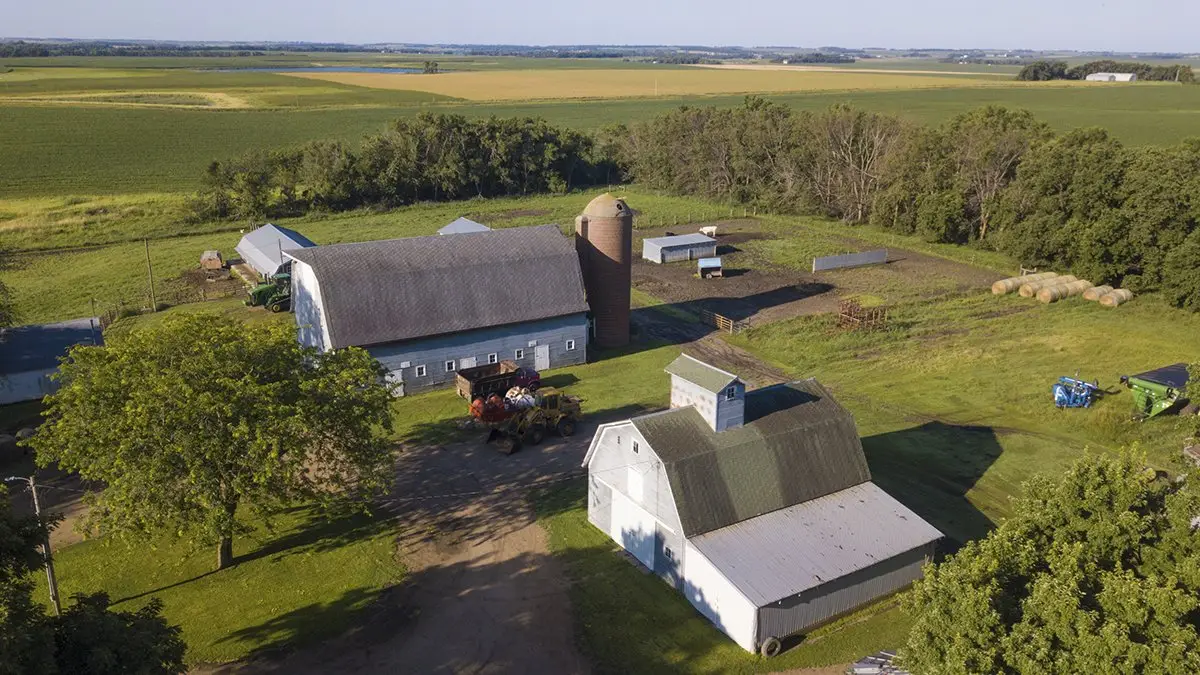CIBO, Peoples Company Partner for Carbon Credit on Farmland
There is another team of players in the ever-growing carbon credit business.
CIBO and Peoples Company have developed a partnership to offer carbon credits on more than 20,000 acres of land managed by Peoples, which makes the Iowa-based firm the nation’s first land management company to offer carbon credits. CIBO is a technology company that delivers decision-ready insights on all U.S. cropland.
Steve Bruere, CEO at Peoples Company, says long-term benefits of sustainable and regenerative agriculture are evident.
“What is missing is a way to create immediate, new incentives for sustainable management. As the leading farmland management firm in the U.S., we are uniquely suited to combine our expertise and reach with CIBO Impact to provide carbon credit incentives.” Read More
Bill Gates: America’s Top Farmland Owner
Call it a hunch, but the story did not jibe. I scanned the headline for the umpteenth time and then read and reread the pertinent details. Something was missing. Either that or I had a screw loose. According to the Tri-City Herald, a 14,500-acre swath of choice Eastern Washington farmland in the Horse Heaven Hills of Benton County had just traded hands for almost $171 million. That’s a ginormous deal, one that pencils out to almost $12,000 per acre for a whole lot of acres. Pretty pricey dirt, right? That’s exactly what I thought. Especially when it comes to row crops like sweet corn and wheat, which were grown in rotation with potatoes on 100 Circles, which is the name of the property that changed hands. Then again, farmers and investors in the Mid-Columbia River market expect to pay $10,000 to $15,000 for good ground. Anyone who has ever studied the Columbia River Basin knows that the tillable acreage there is coveted ground, a geologic wonder. The soil profile and underlying silty loess are in a league of their own. Read More
Vertical Farming’s Success Depends on the Cheapest Lightbulb
Abu Dhabi’s giant Yas Mall isn’t the most obvious location for embracing nature. The sprawling complex, which houses a 20-screen cinema, leads to a Ferrari-themed amusement park.
At its heart is the Carrefour hypermarket. There’s no natural light or soil, yet floor-to-ceiling shelves offer shoppers herbs and microgreens grown right in the store. The fresh produce is a rare sight in the United Arab Emirates, which is almost all desert and imports 80% of its food. It’s marketed as a healthy way for customers to reduce the carbon emissions that would be generated transporting their groceries.
More than a decade ago, microbiologist Dickson Despommier floated the idea that nations with little arable land like the UAE could become self-reliant by growing food in skyscrapers with perfectly optimized artificial light and heat. He called it vertical farming and argued that it could reduce world hunger and restore forests depleted by commercialized agriculture. It would also eliminate planet-warming emissions caused by plowing fields, weeding and harvesting, as well as transportation. Read More
Farmers still face barriers in their quest to becoming certified organic, including making it through an onerous 3-year window when costs are higher
The organic market is booming, but farmers hoping to transition still struggle with the certification process.
When Ola Creston and George Brittenburg started Taproot Farm in 2009, they grew their produce according to USDA organic standards: It was important to them as producers and consumers to farm without the use of synthetic pesticides and fertilizers, with a focus on building and maintaining healthy soils. But it was six years until the couple went through the process of getting their 25 acres in Pennsylvania’s Berks County certified organic. Read More
Surging Grain Prices Fuel Surprise Farm Recovery
A crop glut that battered American farmers is subsiding, fueling an unexpected recovery in the U.S. Farm Belt following a years-long agricultural recession.
Prices for corn, soybeans and wheat have soared to their highest levels in more than six years as dry weather and strong export demand from China drain U.S. stockpiles.
The rising commodity prices are rippling through the food chain, helping drive a sharp increase in U.S. farm income and lifting the prospects for a swath of rural businesses, from grain traders to equipment manufacturers and fertilizer suppliers. Read More







